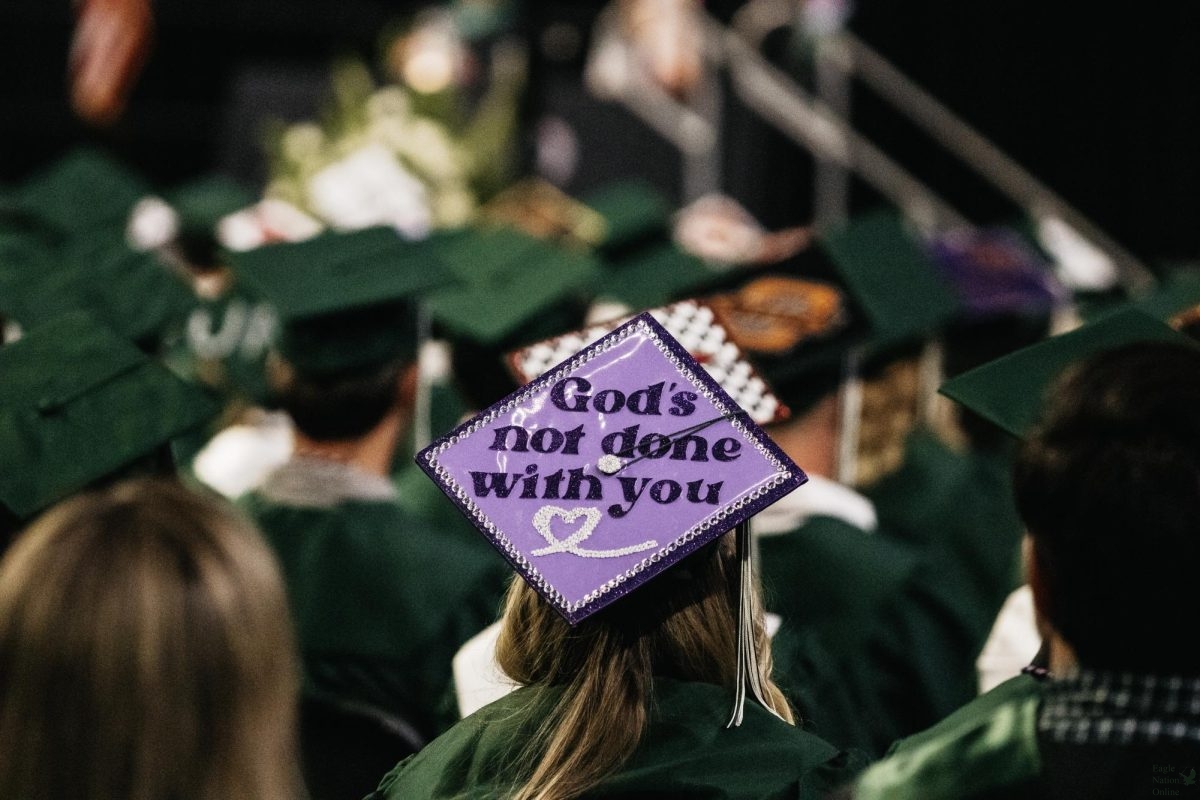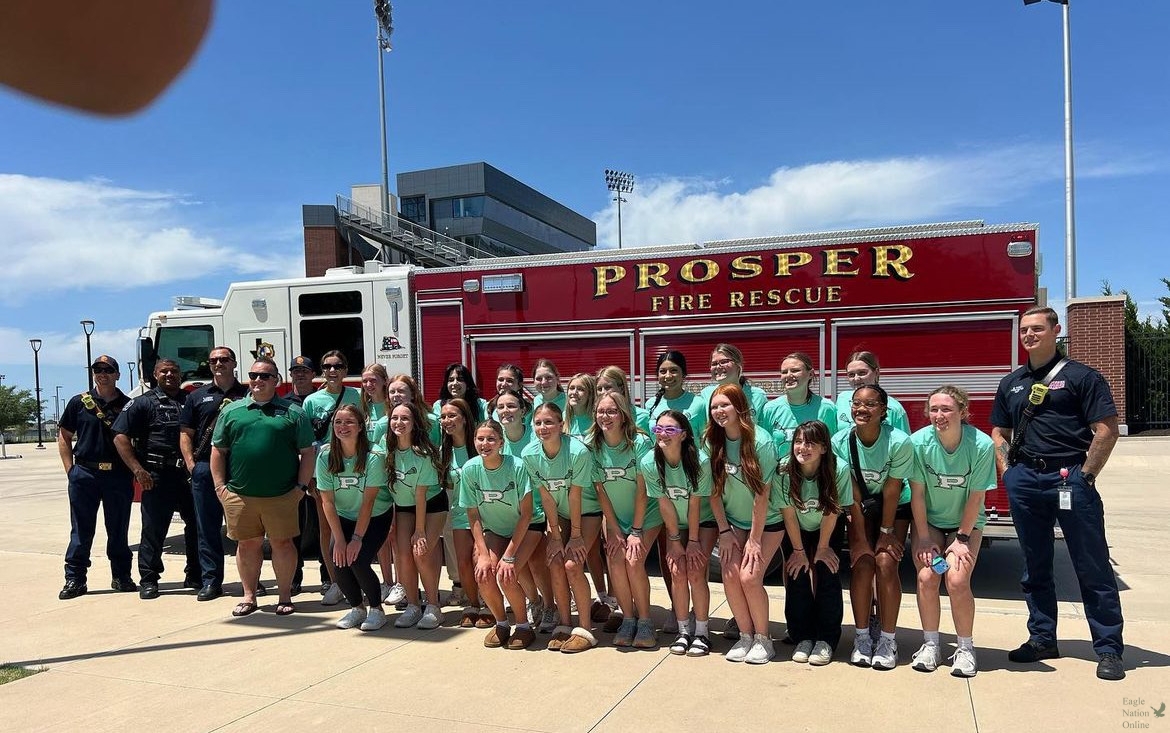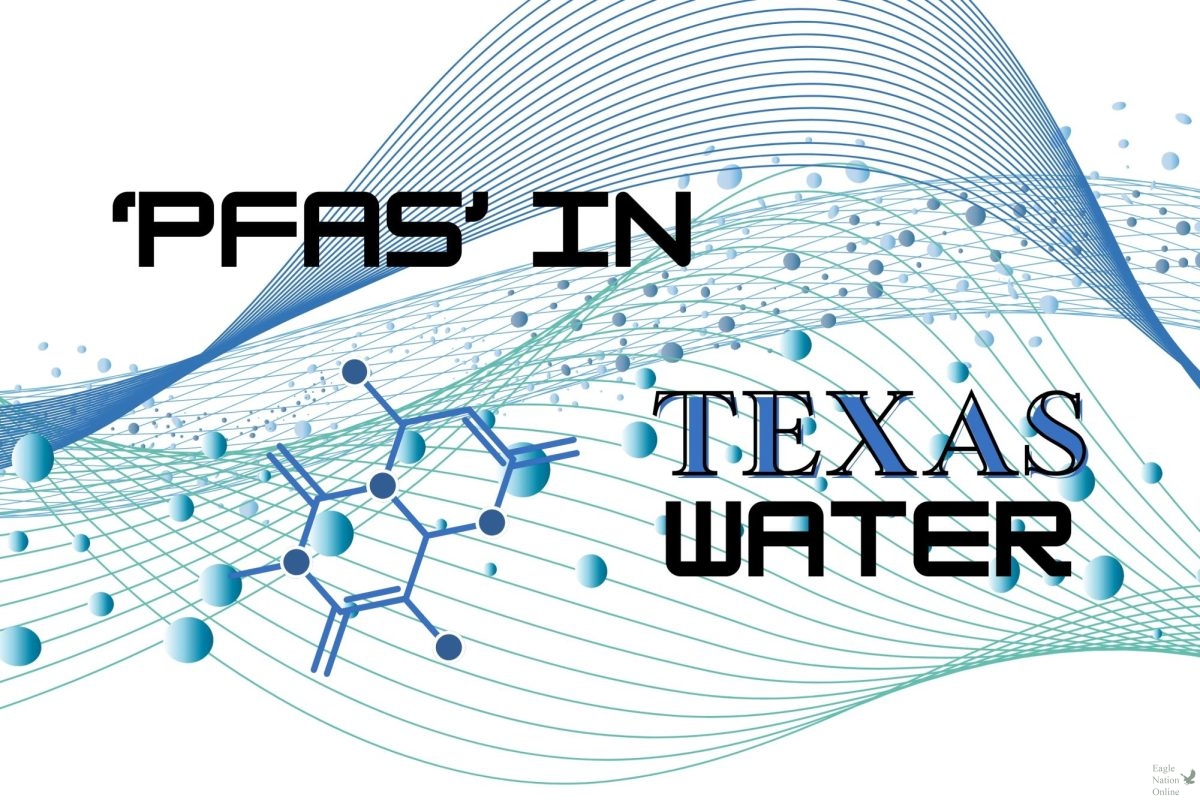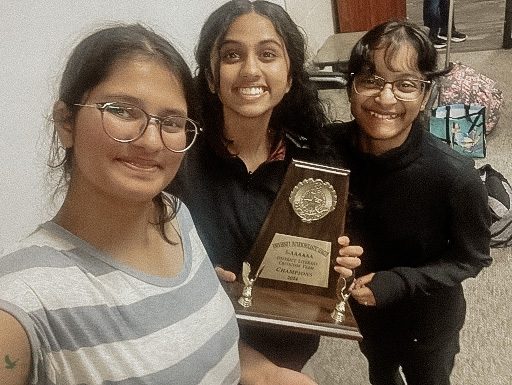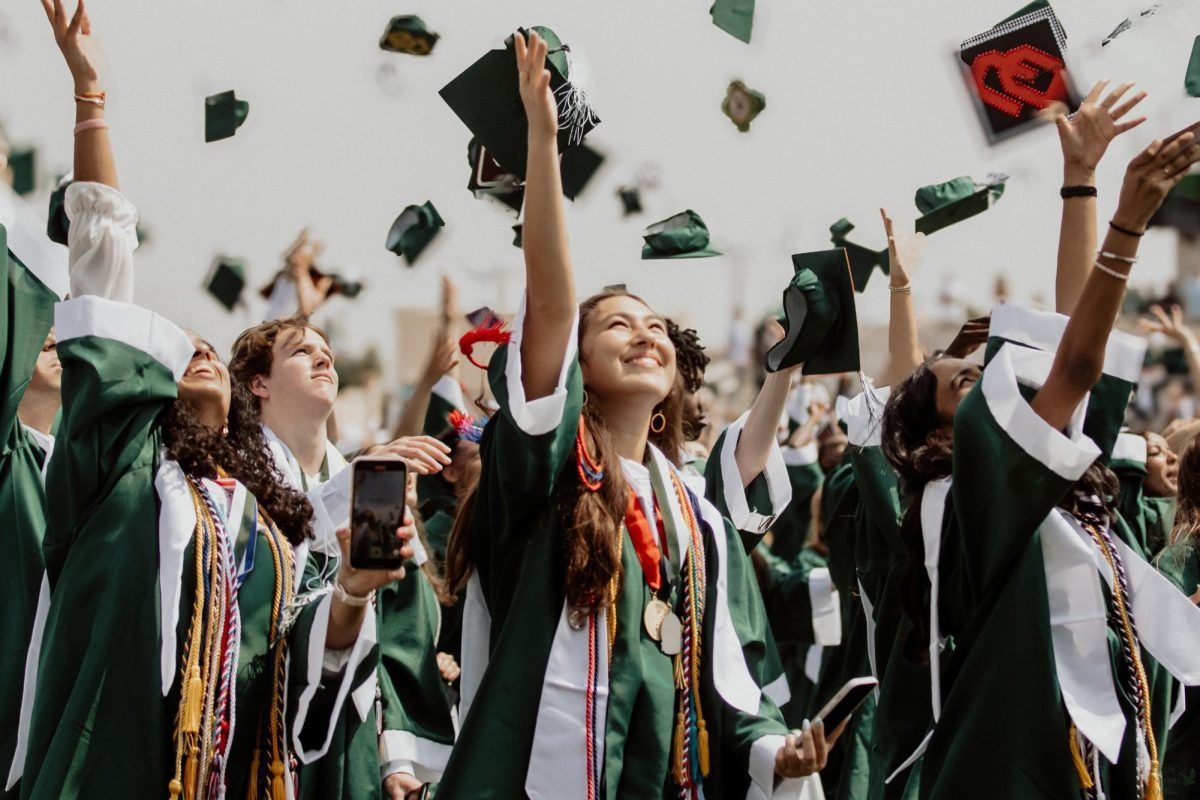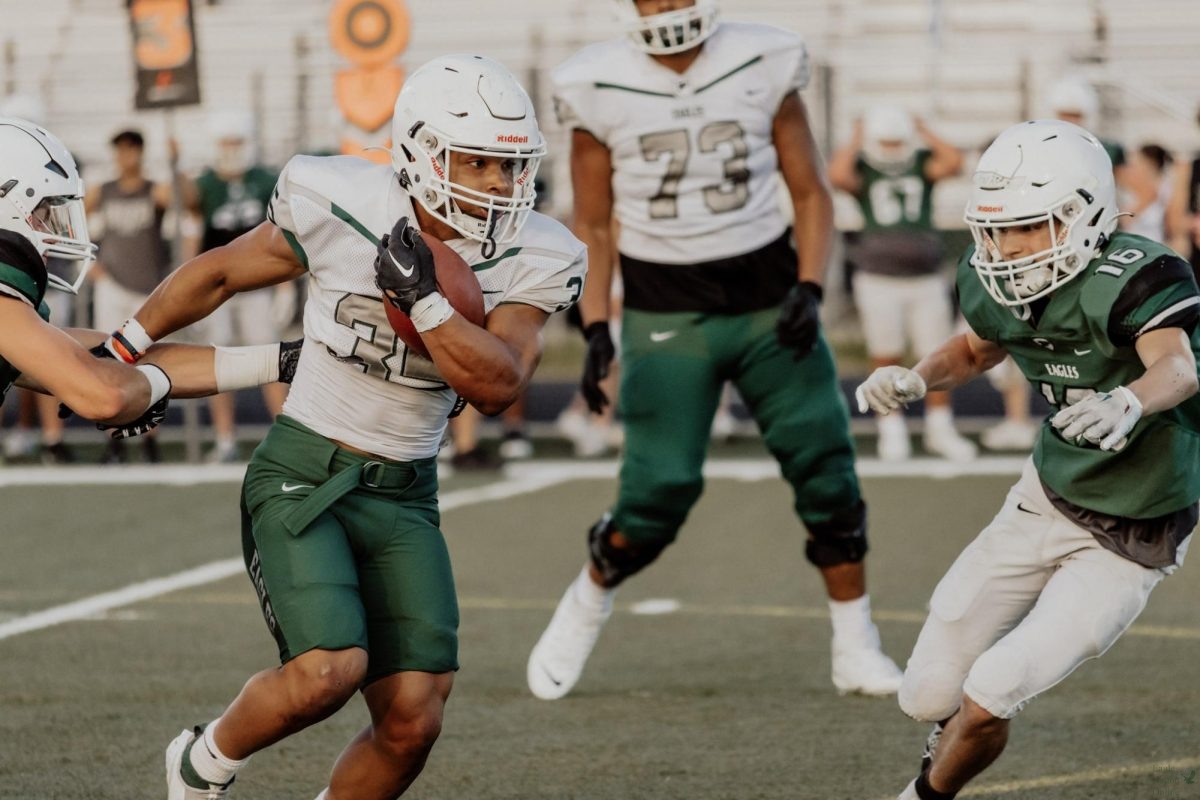For most of the world, only a sliver of the sun will be blocked by the moon, but those who are in the path of totality, directly in the moon’s shadow, will experience totality, where the moon blocks the sun completely and a “ring of light” appears in the sky. On April 8, Dallas and surrounding areas, including Prosper, fall within this path of totality. There will also be a partial eclipse before and after the total eclipse, lasting from approximately 12:23 p.m. to 3:02 p.m. in the DFW area.
“We got together as a district and were like ‘we’ve got to show the kids this,'” PHS principal Nicholas Jones said. “We’re in like the perfect path.”
Eclipses happen all the time, though. So why is this one special? Well, the last time a total solar eclipse was visible in the US was 1979, and there will not be another for more than two decades. According to NASA, the next total solar eclipse that will be visible from the contiguous United States will occur on Aug. 23, 2044. The next time parts of Texas will fall within the path of totality is in 2078. Another reason this eclipse has garnered so much anticipation amongst scientists and eclipse chasers is that the sun is nearing the peak of its 11-year solar cycle, and has been relatively active this year. Scientists predict that the corona, the tendrils and sheets of gas that make up the sun’s outer atmosphere, will appear significantly brighter during the April eclipse than in the last total solar eclipse, back in 2017.
“In 2017, the sun was nearing solar minimum,” Abby Interrante said in an article published on NASA’s website. “Since the sun was quiet, streamers flowing into the solar atmosphere were restricted to just the equatorial regions of the star. During the 2024 eclipse, the sun will be in or near solar maximum, when the magnetic field is more like a tangled hairball. Viewers will have a better chance to see prominences – which appear as bright, pink curls or loops coming off the sun.”
Not only do the sun and moon have to align, but in order to have full visibility of the eclipse, the weather also has to be right. The forecast calls for various levels of cloud cover on April 8 with slight chances of rain.
“The only reason we won’t go outside is if it’s raining,” Jones said. “If its cloudy you’ll still be able to see it because it’s that powerful.”
The time that the eclipse will remain in totality will also be longer during the 2024 eclipse. In 2017, the longest period of totality was 2 minutes and 42 seconds. This year, totality will last more than four minutes in many US cities.
“I’m excited because it’s a once-in-a-lifetime opportunity,” PHS Physics teacher Eric Mach said. “I’ve only ever been in a partial solar eclipse, never a total one.”
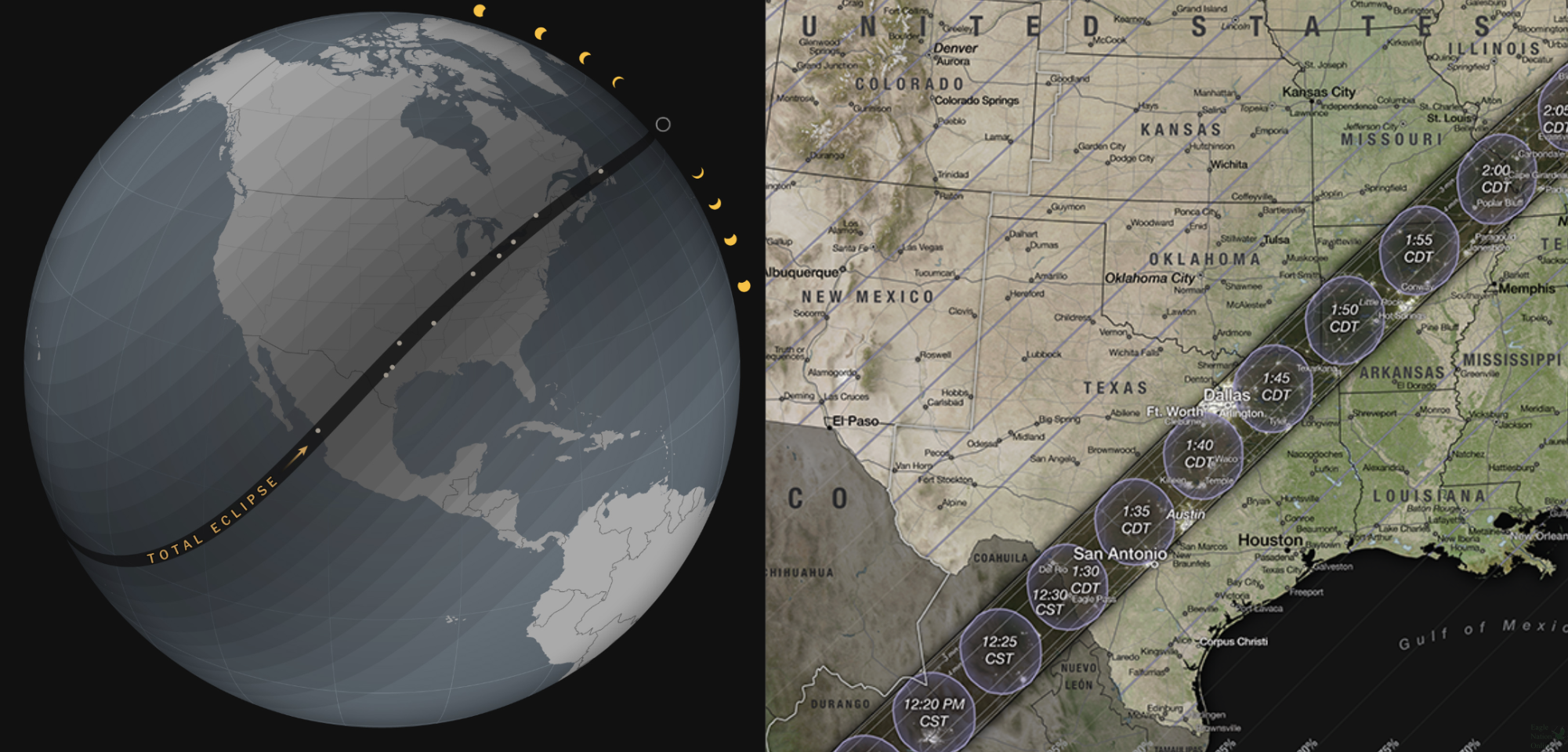
The height of the eclipse will occur in the middle of the school day. In order to ensure that students do not miss the astronomical phenomenon, Prosper ISD has made arrangements for students in grades 2-12 to view the eclipse from outside. There will be a modified bell schedule on April 8, and students will not go to advisory. At around 1:30 pm, approximately 10 minutes before totality, eclipse glasses will be distributed and classes will be released to designated viewing areas. Students who don’t want to participate will go to the cafeteria until class resumes. Seniors with early release who do not want to stay for the eclipse will be released at 1:15 p.m.
“I love that we’re hyping it up — because it’s cool,” Mach said. “And we’re doing it safely. I just hope nobody is stupid and looks up without those glasses on.”
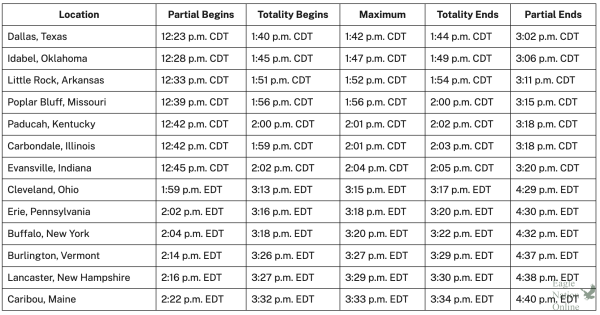
We really wanted the kids to be able to see this. It’s hard because theres 3,500 kids, but we’re going to make it work.”
— Principal Nicholas Jones
The dangers of improperly viewing a solar eclipse
During an eclipse the sun is incredibly bright and looking at highly concentrated solar rays for even a few seconds can cause severe eye damage. Improper viewing of an eclipse can burn your retinas, a condition called solar retinopathy that can cause distorted vision, photosensitivity, partial vision loss, and even blindness. Symptoms may be temporary and resolve on their own over a period of 3-6 months, but in severe cases the damage is permanent. Looking directly at an eclipse will cause the lenses in your eyes to focus the eclipse’s intense solar rays onto a small point on your retina, similar to focusing the sun’s rays with a magnifying glass in order to start a fire. Since children are more at risk for retinal burns, with young eyes transmitting more light to the retina, PISD has decided to not let students below the second grade outside to view the eclipse.
Safely viewing the eclipse
To safely view a solar eclipse, you need to be wearing eclipse glasses that comply with international safety standards. PISD will provide these glasses to all students in grades 2-12 who wish to view the eclipse. Students should keep their glasses on throughout the entirety of the eclipse and should make sure the glasses are not scratched or damaged before looking at the sun. Anyone who is planning to view the eclipse outside of school or with their families can buy safe eclipse glasses from the American Astronomical Society. The AAS has also released this guide on how to spot counterfeit eclipse glasses. It is important to note that wearing glasses doesn’t make a camera, telescope, or other lens without a solar filter safe to look through, as the lens will concentrate the solar rays enough to burn through the filter in the eclipse glasses.
Safety Summary
If you skipped over the rest of the safety information, here are the main points
- Keep eclipse glasses on whenever you are looking at the eclipse, not doing so can lead to severe eye damage
- Sunglasses, cameras, binoculars, or telescopes without a special filter are NOT safe to look through during an eclipse, even if you are wearing eclipse glasses
If for you are unable to go outside to see the eclipse, or if cloud conditions obscure viewing, you can watch NASA’s live broadcasts to see live views from across the US along with expert commentary, or clean telescope views of the eclipse showing the eclipsed sun in different wavelengths of light.
Many people would rather immerse themselves in the eclipse experience instead of fidgeting around with a camera during this rare event, and if that's you that is totally okay! However, if you do want to try to capture your own photos there are a few things you should know first.
Short answer: yes, it is possible to take good photos of a solar eclipse with a smartphone or other camera. However, don't expect to get the same detailed shots of the sun's carona that you see when you search eclipse photos online. These are usually taken with powerful professional cameras, telescopes, or a combination of the two. Most photos of the eclipse taken with smartphone cameras without a zoom lens or special solar filter will appear pixelated, but there are some techniques you can use to take better photos. Some tips to capture better photos of the eclipse include turning off your flash, not zooming in, putting an extra pair of solar glasses over the camera lens, and using a wide angle shot.
It is NOT safe to look at the sun through DSLR or Mirrorless camera lens, even if you are wearing eclipse glasses. Optical lenses concentrate light, and the sun's rays will burn through the solar filter. It will also damage your camera lens. If you want to take more professional looking photos with these type of cameras you can view Nikon's guide to safely photographing an eclipse.
When you take a picture with your phone though, your eye is not lined up with the lens so it is much less likely to cause eye damage. According to Apple, the eclipse will not damage your phone's camera, but newer more powerful smartphone cameras can take in more light than older models, and sources are unclear on wether it is enough to damage your camera. Because of this, it's best to cover your lens with an extra pair of solar glasses; this will also give you better pictures.
The only time it is safe to look at or photograph an eclipse without solar filters is DURING totality, where the sun is completely covered by the moon. But, even the small slivers of light that are visible before and after totality are enough to damage your eyes and camera.







